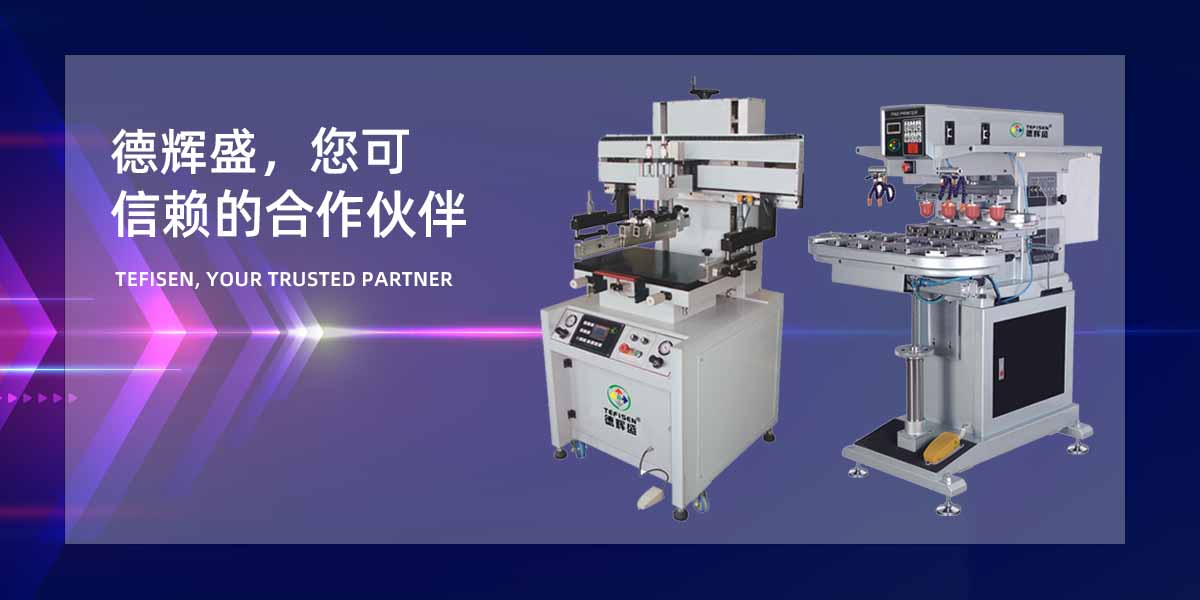The Deep Integration of China Pad Printing Machines and Artificial Intelligence (AI)
In today's rapidly advancing technological era, innovation has become the core driving force for the development of various industries. Especially in the manufacturing sector, technological innovation is not only crucial for improving production efficiency, but also determines whether a company can remain invincible in the fierce market competition. As an essential part of the manufacturing industry, the intelligent and automated transformation of China pad printing machines has become an important trend in industry development. The rapid development of artificial intelligence (AI) technology has provided strong technical support for the upgrading of China pad printing machines. This article will explore how pad printing machines can integrate with AI to achieve automatic parameter adjustment and elaborate on the extensive impact of this innovation in the textile and clothing industry.

I. The Integration of Pad Printing Machines and AI: Realizing Automatic Parameter Adjustment
In the traditional production process of China pad printing machines, parameter adjustments are usually performed manually, which not only increases the complexity of operations but also affects production efficiency. The introduction of AI technology enables pad printing machines to automatically adjust parameters, greatly enhancing production efficiency and product quality.
Specifically, sensors and control systems are installed on the China pad printing machines to collect data in real-time during the production process, such as ink volume, printing speed, and printing pressure. Then, AI algorithms are used to analyze and process these data to find the optimal parameter combination. Finally, the control system automatically adjusts the parameters of the pad printing machine to achieve the best working condition.
This automatic parameter adjustment method not only reduces the complexity of manual operations and lowers the skill requirements for operators, but also improves production efficiency and product quality. Additionally, as AI algorithms can continuously optimize parameter combinations based on production data, it can achieve continuous optimization of the production process.
II. The Widespread Application of AI in the Textile and Clothing Industry
The textile and clothing industry is a significant component of the manufacturing sector and an important area for the application of AI technology. Early AI implementations in the textile and clothing industry have already demonstrated significant benefits in terms of efficiency, productivity, and quality, and have opened up new customization options.
Specifically, the application of AI technology in the textile and clothing industry is mainly reflected in the following aspects:
Intelligent design: Utilizing AI algorithms for fashion design can quickly generate multiple design options to meet customers' personalized needs. At the same time, AI can also make intelligent recommendations based on market trends and consumer preferences, enhancing the market competitiveness of products.
Intelligent production: Introducing AI technology enables the automation and intelligence of production lines. For instance, AI algorithms can be used to intelligently schedule and optimize production equipment, improving production efficiency and equipment utilization; AI technology can also be used for intelligent quality inspection and control of products, reducing the rate of defective products and returns.
Intelligent supply chain management: AI technology can be employed for intelligent analysis and prediction of the supply chain, achieving optimized inventory management and collaborative operation of the supply chain. This not only reduces inventory costs but also enhances the responsiveness and flexibility of the supply chain.
China pad printing machine manufacturer-TEFISEN, has integrated AI technology into its pad printing machines by implanting modular configurations, thus achieving AI automation through the system.
III. The Market Potential of AI in the Textile and Clothing Industry
With the continuous development and application of AI technology, its market potential in the textile and clothing industry is also growing. According to relevant data, the market value of AI in the fashion, textile, and clothing industries was US$228 million in 2019, and it is expected to grow to US$1.26 billion by 2024, with a compound annual growth rate (CAGR) of 40.8%. By 2027, the integration of AI in the global fashion and clothing market is expected to reach US$ 4.4 billion.
The growth of this market potential is mainly attributed to the following aspects: firstly, the increasing demand for personalized and customized products among consumers; secondly, the ever-increasing requirements of the textile and clothing industry for production efficiency, quality control, and cost control; thirdly, the continuous development and maturity of AI technology, providing strong technical support for the intelligent transformation of the textile and clothing industry.
IV. Conclusion
Technological innovation is an essential driving force for industry development. In the textile and clothing industry, the introduction and application of AI technology have not only improved production efficiency and product quality but also provided consumers with more personalized and customized products and services. As AI technology continues to develop and mature, its market potential in the textile and clothing industry will also grow. Therefore, we should firmly grasp the "key lever" of technological innovation and continuously explore and lead the innovative development path of the industry.

